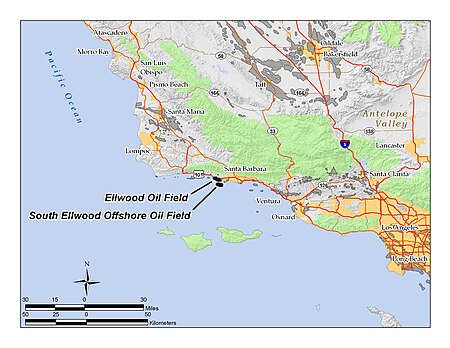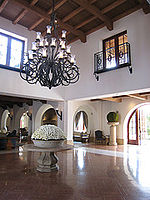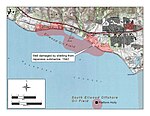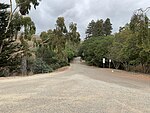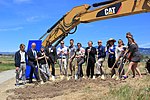The Santa Barbara Student Housing Coop (SBSHC) is a student housing cooperative designed to provide affordable housing for students attending post-secondary institutions in Santa Barbara County. The first coop was established in 1976, and today consists of five houses; Newman, Manley, Dolores, Biko and Merton. In all, just under 100 students live in these houses.
The purpose of the Santa Barbara Student Housing Co-op (SBSHC) is to provide low rent co-op housing regardless of gender, race, social, political, or religious affiliation. SBSHC engages in continuous educational programs that further the principles of cooperation through mutual, self-help living at a minimal cost.
The co-ops are located in Isla Vista and are centers of artistic expression, alternative thought, social activism and creativity. In 2006, the massively successful and now institutionalized "Chillavista" festival was organized out of the Biko co-op, and featured musical talent from the Isla Vista community including many bands spawned from and frequently performing at Isla Vista Co-ops. Chillavista was powered through renewable energy, featured local organic produce, screened several films on progressivism and sustainability and proved to be a highly successful zero waste event featuring national touring acts such as Delta Nove, Blue Turtle Seduction, Elijah Manuel & The Revelations and local psychedelic jam masters Silent Wei.
In 2006, the Isla Vista co-ops provided pivotal support to the over 200 residents evicted from their homes in Isla Vista by Conquest Housing. Many in the Isla Vista community regarded these evictions as racially motivated, since nearly all of the 200 men, women, and children who were evicted were Hispanic and had little access to legal representation on their behalf. In response, some residents of the co-ops rallied support for the families by throwing benefit concerts, establishing a protest "tent city" in the center of the UCSB campus and staging marches throughout Santa Barbara to raise awareness of these families' concerns. The efforts have contributed to the larger emerging front in Isla Vista united against the ongoing pattern of discriminatory eviction followed by student rent gouging.
SBSHC also has a long-standing partnership with the Isla Vista Food Cooperative.
